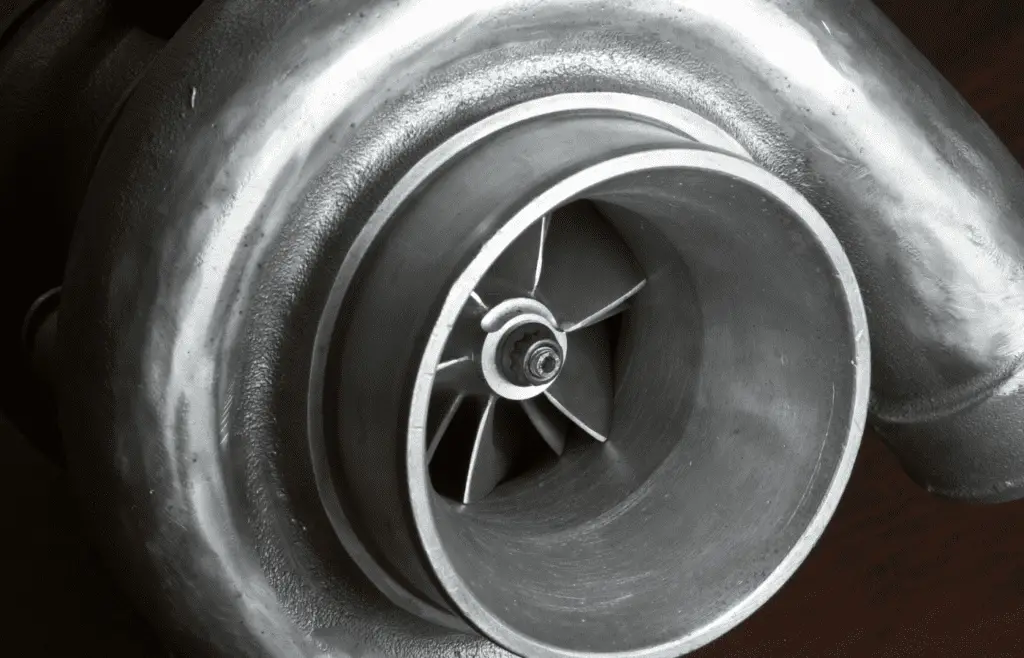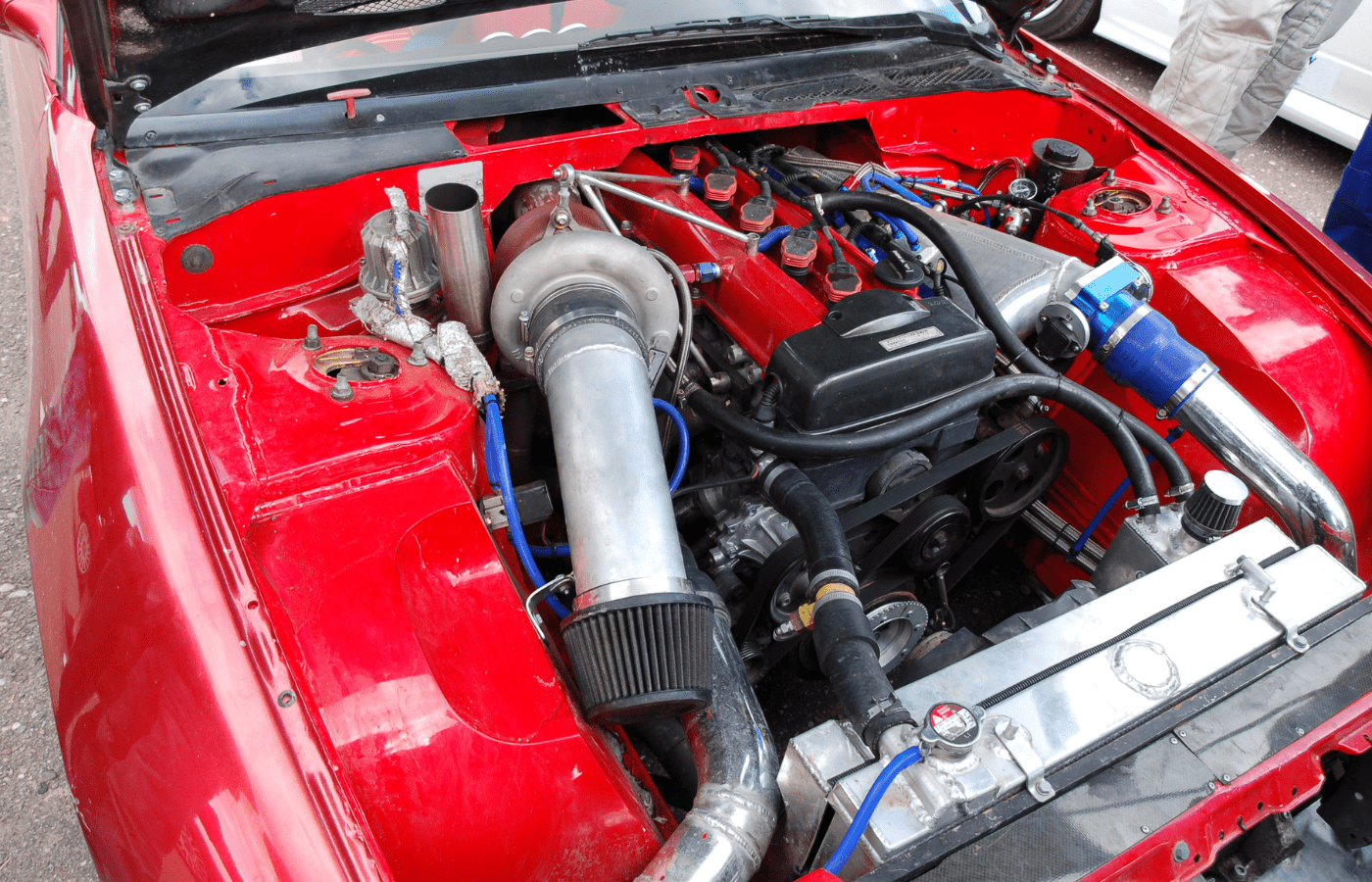Turbocharged cars are becoming increasingly popular due to their capacity for high-power performance and enhanced fuel economy. But just as with any complex machine, there can be issues associated with such engines. One question that is often asked when it comes to turbocharged engines is whether they are likely to burn coolant.
It is true that turbochargers can cause problems related to the cooling system, such as burning coolant. This is because the forced induction of a turbocharger increases the speed at which these fluids must work, often leading to high temperatures in the engine compartment which can damage or reduce coolant efficiency.
Nevertheless, there are numerous temperature monitoring systems available for turbocharged vehicles that track coolant levels and will alert drivers if necessary adjustments need to be made. In general, reducing load on a turbo car leads to cooler temperatures and more efficient engine operation.
Why Does a Turbo Need Coolant?
Turbos generate a great deal of heat due to their extreme rotational speeds, and cooling the turbo is crucial for its performance and durability.
Without coolant being circulated through its housing, the turbine itself can overheat and distort under the extreme temperatures it operates in.
Even more damaging is the possibility of heat damage to adjoining components like an intercooler or intake manifold from too much heat produced by a turbo without sufficient cooling.
Coolant dissipates heat quickly when circulated at a high volume, providing just the right amount of stability to ensure that all parts are kept cool enough while also providing adequate lubrication to internal moving parts.
Having coolant available also adds another layer of protection against costly repairs caused by thermal shutdowns that occur in unlubricated turbochargers with no coolant circulation.
To check the current price and availability of pre-diluted engine coolant, click here to view the selection on Amazon.
Does Coolant Go Through the Turbo?

The question of whether coolant goes through the turbo depends on the specifics of the vehicle’s engine design. Generally speaking, however, modern turbocharging systems tend to use an oil-cooling process that requires no direct coolant flow to or from the turbocharger.
Rather than a typical coolant system, traditional turbo systems use centrifugal rotation of hot pressurized gasses forced through an impeller at high speeds as a means of generating mechanical power and increasing engine performance.
This type of turbo typically uses specific lubrication and cooling technologies, such as special synthetics oils or air-to-air cooling devices, to control excessive turbine temperatures in order to keep the heat within the engine compartment and reduce levels of smoke in the air.
As technology advances, however, some modern turbos are being designed with integrated water jackets surrounding their housing so they can achieve optimal levels of performance while using only standard potable water as coolant.
How Do You Know if Your Turbo Is Leaking Coolant?

Knowing if your turbo is leaking coolant isn’t difficult, but it requires careful observation. Look for white or gray smoke coming out of the exhaust pipe when you let off the accelerator pedal.
In addition, check to see if the engine’s temperature gauge is indicating that it is running at higher temperatures than usual.
If the coolant level in the reservoir drops sooner than normal, this could also be a sign of coolant leakage from the turbo.
Finally, depending on where your turbo is located, you may be able to inspect for discolored oil drips and other visual signs (e.g., corrosion) around its housing.
Taking these basic steps should give you a good indication of whether or not your turbo is leaking coolant, allowing you to respond appropriately and catch related problems before they have an opportunity to escalate.
Can You Run a Turbo Without Coolant?
It is not advised to run a turbocharger without coolant. A turbocharger uses lubricating oil as well as coolant which helps to keep them running at the proper temperature and maintain the turbine’s internal bearings in good condition.
Without coolant, the turbo will rapidly heat up leading to possible overheating and damage due to prolonged exposure.
If the turbocharger begins to overheat, its components can deform, break off, or it can suffer from extensive damage.
Furthermore, turbochargers operate with extreme pressure and require balanced levels of both oil and coolant as a defense against piston or turbine failure.
Consequently, running a turbo without coolant may cause excessive friction and even catastrophic event such as an engine fire or cracked headers.
Frequently Asked Questions
What Are the Signs of a Damaged Turbo?

A damaged turbo can show several signs that should not be ignored. Usually, there will be a noticeable decline in performance, such as reduced acceleration or lower top speeds. Additionally, loud noises from the engine bay may indicate that something is amiss.
An experienced mechanic will usually hear surging or whistling coming from the turbo, even with the vehicle turned off.
Small particles expelled behind smoke can also mean there is damage to the turbocharger. If any of these symptoms arise, it’s important to have a professional inspect your vehicle as soon as possible to prevent permanent damage and costly repairs.
What Are the Symptoms of a Worn Turbo?
Turbos are essential parts of many vehicles, providing extra force to help them perform better. Over time, however, turbos can become worn and start to display certain symptoms.
The most common symptom of a worn turbo is reduced performance: acceleration may be slower and the engine may not reach its full capacity.
Other signs can include increased exhaust smoke and unusual noises from the engine, such as whistling or chirping sounds caused by leaking air passing through narrow spaces in the turbo’s housing. Another sign is increased oil consumption or unexpected drops in the oil pressure levels.
If these symptoms appear, it’s important to check your turbo right away and see if any repairs need to be done in order to get the best performance out of your vehicle.
Final Thoughts
Cars that feature turbochargers are gaining popularity because of their ability to deliver high-power performance while simultaneously improving fuel economy. However, just like any other complex machine, there is the potential for problems to arise with such engines.
When it comes to turbocharged engines, one of the most common questions that people have is whether or not they have a tendency to burn coolant. It is a fact that turbochargers, under specific conditions, have the potential to bring about issues that are connected to the overheating of coolant fluids.
This is due to the fact that the forced induction of a turbocharger increases the speed at which these fluids must work, which frequently results in high temperatures within the engine compartment, which can either damage or reduce the efficiency of the cooler.


